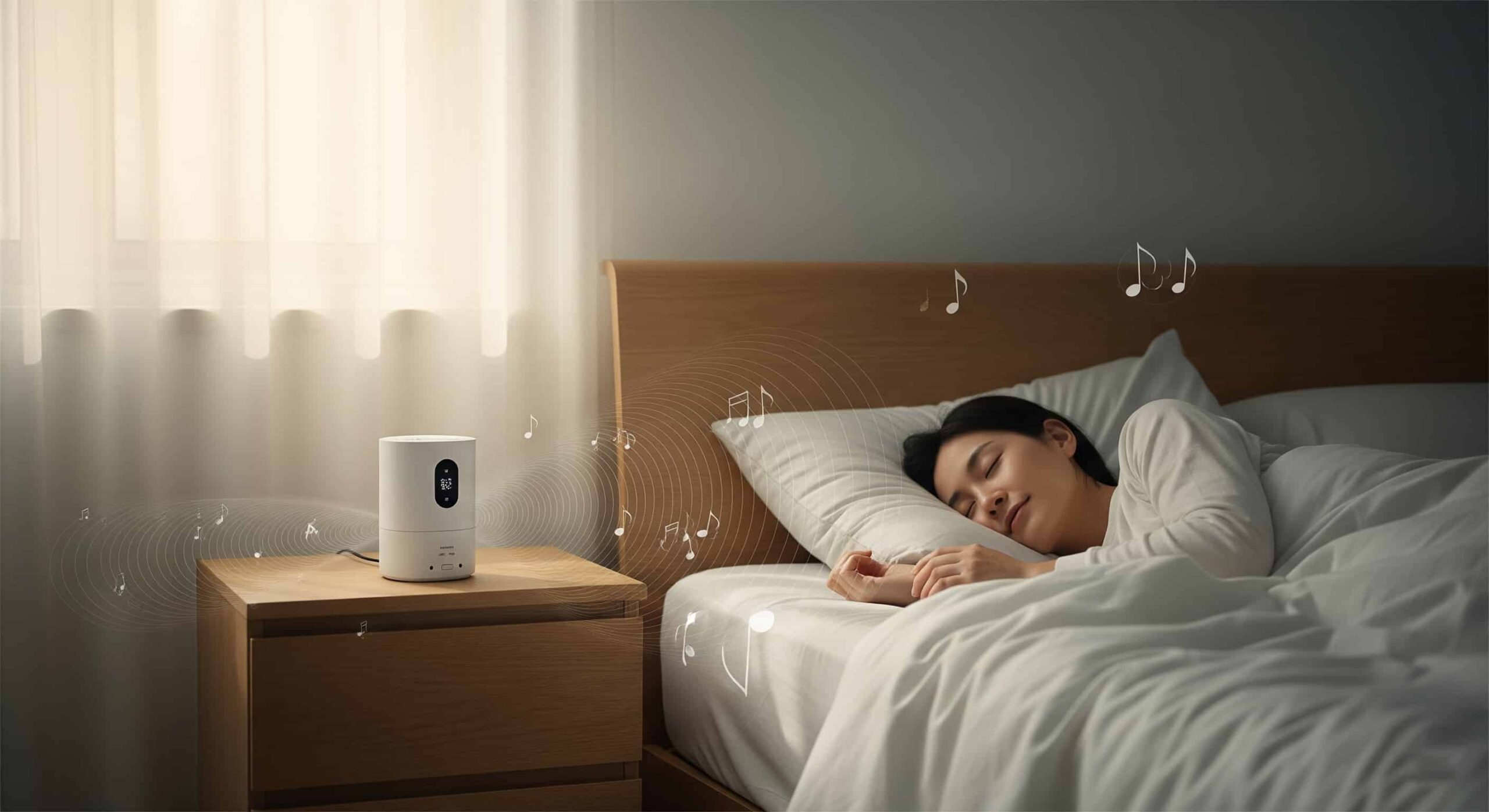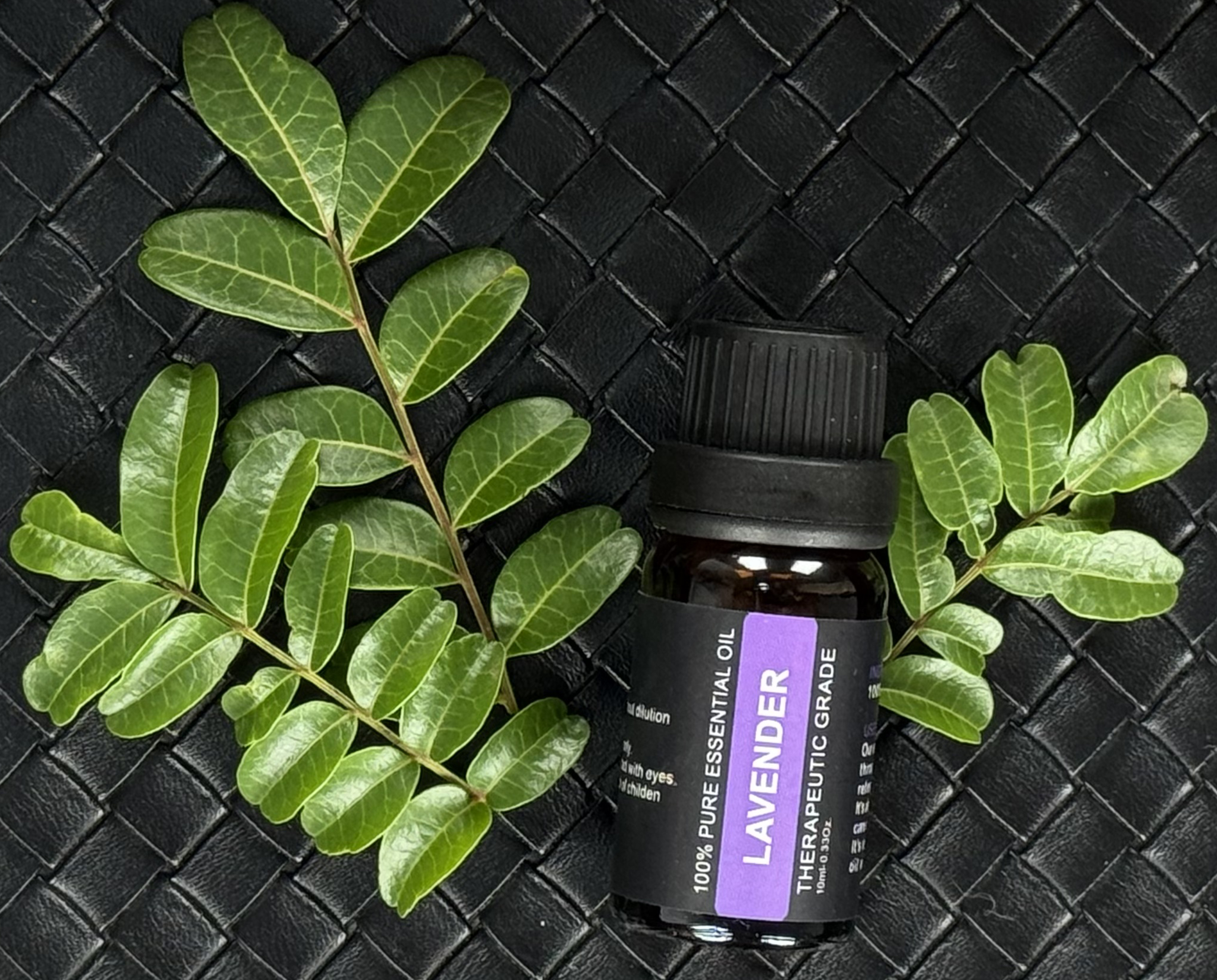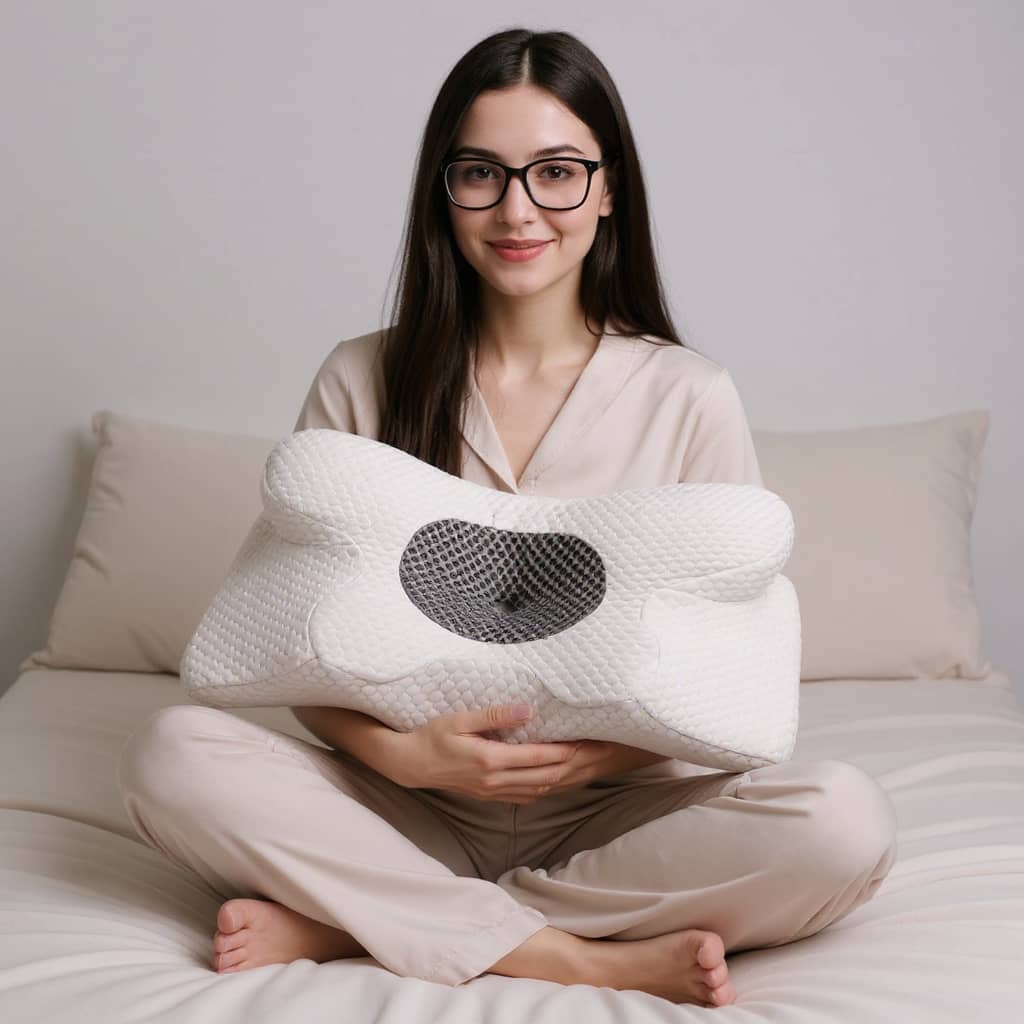Having a white noise machine is just the first step—knowing how to use it effectively is what transforms it from a simple device into a powerful sleep enhancement tool. This comprehensive guide will help you maximize the benefits of your white noise machine.
Optimal Placement for Maximum Effectiveness
Distance and Positioning
Ideal Distance: Place your white noise machine 3-6 feet away from your bed. This distance provides optimal sound coverage without being overwhelming.
Height Considerations:
- Position at ear level when lying down (typically 2-3 feet high)
- Use a nightstand, dresser, or dedicated shelf
- Avoid placing directly on the floor where sound may be muffled
- Ensure the device is stable and won't fall
Room Positioning Strategy
Between You and Noise Sources: Position the machine between your bed and the primary source of disruptive noise (street, neighbors, hallway).
Corner Placement: Corners can amplify sound naturally, but avoid if it creates echo or distortion.
Multiple Machines: For larger rooms or multiple noise sources, consider using two machines at opposite ends of the room.
What to Avoid
- Placing too close to your head (can be overwhelming)
- Positioning behind obstacles that block sound
- Placing on surfaces that vibrate or amplify mechanical noise
- Directing sound away from the sleep area
Volume Settings and Sound Selection
Finding Your Optimal Volume
The Goldilocks Principle: Your white noise should be loud enough to mask disruptive sounds but not so loud that it becomes the distraction.
Decibel Guidelines:
- Adults: 50-60 decibels (similar to moderate rainfall)
- Children: 40-50 decibels (softer than adult levels)
- Babies: 50 decibels maximum (as recommended by pediatricians)
- Sensitive sleepers: Start at 40 decibels and adjust gradually
Sound Type Selection
White Noise: Best for masking sudden, sharp sounds like traffic or voices.
Pink Noise: Ideal for deeper sleep and may improve memory consolidation.
Brown Noise: Excellent for anxiety reduction and very deep relaxation.
Nature Sounds: Rain, ocean waves, or forest sounds for a more organic feel.
Fan Sounds: Familiar and comforting for many people.
Volume Adjustment Tips
- Start with lower volume and gradually increase if needed
- Test volume during different times of day and night
- Consider your partner's preferences if sharing a bed
- Adjust for seasonal changes (windows open/closed)
- Use fade-in features to avoid startling yourself
Timing and Duration Guidelines
When to Start Your White Noise
30 Minutes Before Bed: Begin playing white noise as part of your wind-down routine to signal your brain that it's time to relax.
Consistency is Key: Use white noise at the same time each night to establish a sleep association.
Nap Time: Use the same sound for daytime naps to maintain consistency.
Duration Options
All Night: Most effective for maintaining sleep quality throughout the night.
Timer Settings:
- 30-60 minutes: Good for falling asleep if you prefer silence later
- 2-4 hours: Covers the deepest sleep phases
- 6-8 hours: Full night coverage for consistent environment
- Continuous: Best for light sleepers or noisy environments
Fade-Out Features
If your machine has fade-out capability:
- Set a 10-15 minute gradual decrease
- Helps prevent sudden silence from waking you
- Useful for timer-based usage
- Can help train your brain to sleep without dependence
Special Usage Scenarios
For Shift Workers
- Use blackout curtains in combination with white noise
- Choose consistent sounds that work regardless of outside activity
- Consider portable options for sleeping in different locations
- Use slightly higher volumes to mask daytime noise
For Parents and Babies
- Place machine closer to the noise source than to the baby
- Use consistent sounds for both naps and nighttime
- Keep volume below 50 decibels for infant safety
- Consider machines with night light features for convenience
- Use portable units for travel and consistency
For Couples with Different Preferences
- Start with lower volumes and find a compromise
- Try different sound types to find mutual preferences
- Consider individual sleep headphones as an alternative
- Position machine closer to the more sensitive sleeper
- Use timer functions if one partner prefers silence later
For Travel
- Bring portable white noise machines or use smartphone apps
- Test hotel room acoustics and adjust volume accordingly
- Pack extra batteries or charging cables
- Use familiar sounds to maintain sleep routine
- Consider noise-canceling headphones for flights
Troubleshooting Common Issues
"The White Noise Isn't Working"
Possible Solutions:
- Increase volume gradually—you may need more masking power
- Try different sound types (pink or brown noise instead of white)
- Reposition the machine closer to noise sources
- Check for sound loops that might be noticeable and distracting
- Give it time—adaptation can take 1-2 weeks
"I've Become Too Dependent"
Gradual Weaning Process:
- Slowly reduce volume over several weeks
- Use timer functions with longer fade-out periods
- Practice sleeping without it occasionally
- Keep a backup plan for when the machine isn't available
"My Partner Doesn't Like It"
Compromise Strategies:
- Start with very low volumes and nature sounds
- Use timer functions so it turns off after sleep onset
- Try pink or brown noise instead of white noise
- Position machine closer to the person who needs it most
- Consider individual solutions like sleep headphones
Advanced Tips for Power Users
Creating the Perfect Sleep Environment
- Combine white noise with optimal room temperature (65-68°F)
- Use blackout curtains or eye masks for complete darkness
- Ensure comfortable humidity levels (30-50%)
- Remove or minimize blue light sources
- Keep the bedroom exclusively for sleep and relaxation
Seasonal Adjustments
- Summer: Higher volumes to mask air conditioning and fans
- Winter: Adjust for closed windows and heating systems
- Spring/Fall: Account for open windows and varying outside noise
- Holiday seasons: Prepare for unusual neighborhood noise patterns
Technology Integration
- Use smart home integration for automated scheduling
- Set up voice commands for easy control
- Connect to sleep tracking apps for data-driven optimization
- Use smartphone apps as backup or travel alternatives
Mastering Your White Noise Experience
Effective white noise usage is both an art and a science. The key is finding the right combination of sound type, volume, placement, and timing that works for your unique sleep environment and preferences.
Remember: Be patient with the process, stay consistent with your approach, and don't be afraid to make adjustments as your needs change. With proper usage, your white noise machine can become an invaluable tool for achieving better, more restful sleep.




